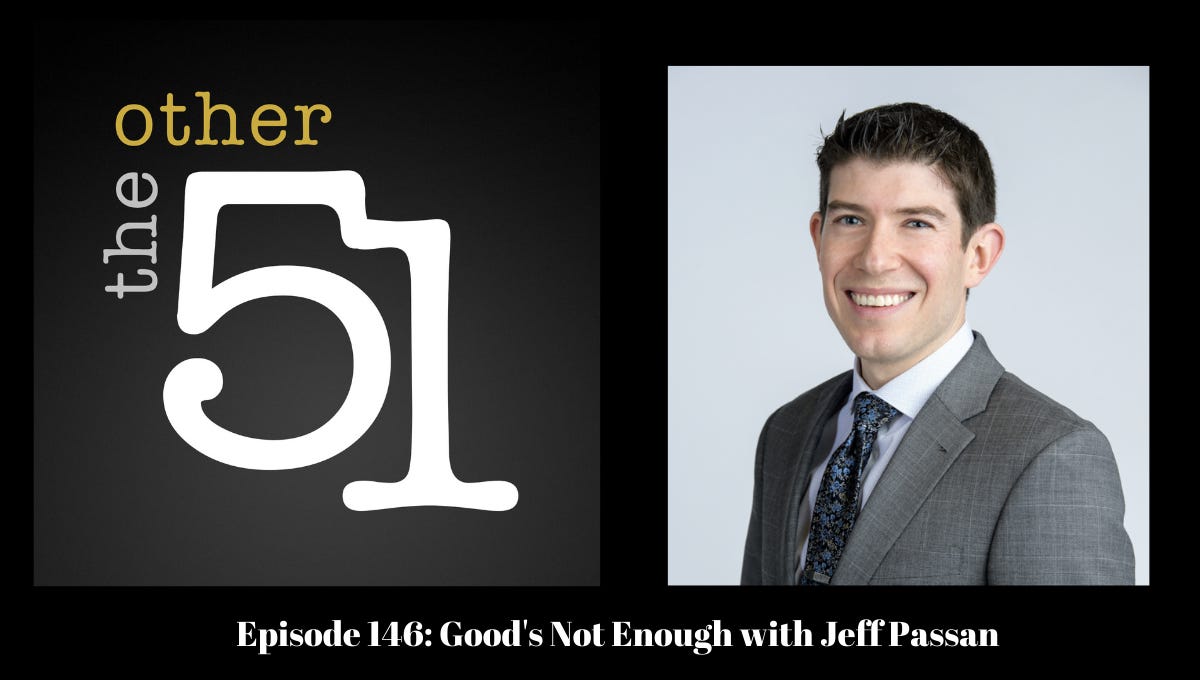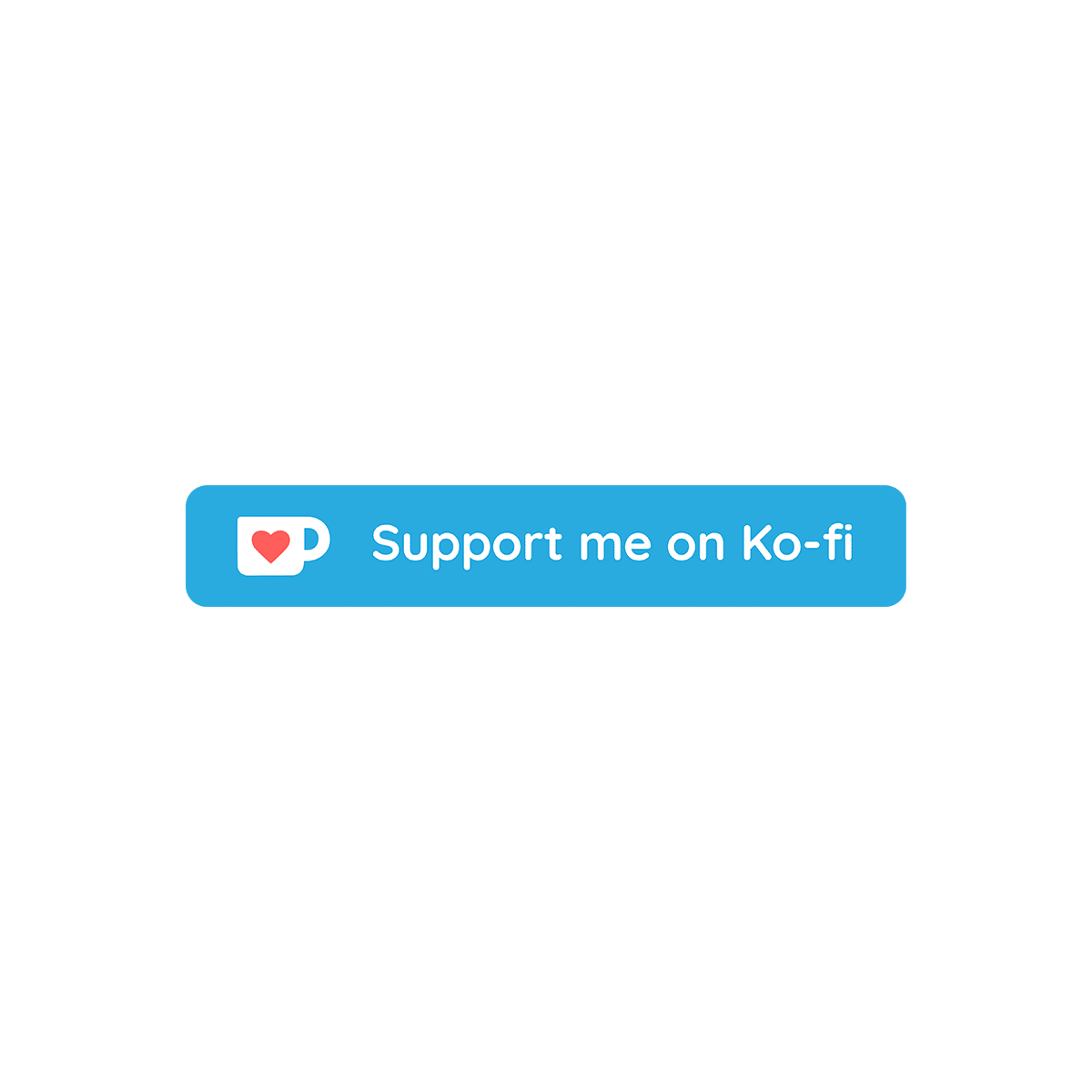Media coverage of women's sports
What research can tell us about the inequities between men's and women's sports
The biggest story surrounding the NCAA Tournaments this weekend has been the publicized differences between the men’s and women’s tournaments, whether it is the on-site training facilities, the swag bags, Covid tests, or the playing facilities themselves.
I’m not going to call them shocking differences, because if you’re been around sports for 27 seconds, this won’t shock you. It’s impressive how women’s athletes are using social media (especially TikTok, and there’s a future research area for us) to publicize these differences and call out the NCAA.
For our purposes here, what does research tell us about the disparity between men’s and women’s sports, especially in the context of media coverage?It’s no surprise that a generation of research validates what we all instinctively and anecdotally know to be true — that women’s sports get far less coverage than men’s sports.
In 2013, Cheryl Cooky, Michael Messner and Robin Hextrum found that coverage of women’s sports on Sportscenter and the three local news affiliates in Los Angeles was at an all-time low. In a 2016 study published in the Newspaper Research Journal, Hans Schmidt found that over a 30-year span, The New York Times’ sports coverage focused on men’s sports 86 percent of the time, while just 5 percent of sports coverage focused on women’s sports — and that articles on women’s sports were likely to be shorter. Ronald Bishop found in a 2003 study that while there was an increase in feature coverage of women’s sports from 1980-1996, there was not a significant change in the percentage of the magazine devoted to women’s sports.
Kevin Hull from the University of South Carolina found that women’s sports make up just five percent of Tweets sent by local TV sportscasters, that women’s sportscasters were less likely to Tweet about women’s sports than their male colleagues (probably in part to avoid being pigeonholed in their careers), and that broadcasters from smaller cities were more likely to Tweet about women’s sports than those in larger markets. Similarly, In a study Kent Kaiser published in Communication and Sport in 2017, small and medium-sized newspapers were found to have covered women’s sports more equitably than larger-market papers.
Intuitively, we can guess at the answer, right? There’s the widespread belief that men don’t care about women’s sports. “No one goes to women’s games, why should we?” one reporter told author Mariah Burton Nelson. Marie Hardin, one of the most important sports media researchers in our field and now dean of the Penn State’s college of communications, surveyed 285 sports editors at newspapers in the Southeastern United States. In a study published in J&MC Quarterly in 2005, Hardin found:
(1) Sports section gatekeepers determine content based more on their own sense about audience interests than on the audience itself; and, (2) Their sense about audience interest is driven, at least in part, by personal beliefs and hegemonic ideology about women’s sports
A substantial percentage of editors have beliefs about women that would justify excluding them from coverage.
A substantial percentage of editors indicate some resentment of the law that protects women’s sports.
But beyond both the casual and institutionalized sexism, media sociology can tell us why these inequities persist. In a landmark study from 1986 in Sociology of Sport, Nancy Theberge and Alan Cronk found that the routine practices of sports journalism are set in a way that they favor men’s sports coverage.
“In casting the news net, journalists seek subjects that are both deemed newsworthy and able to provide reliable and accessible news material. The advantage enjoyed by men’s sports lies in the assumption of greater public interest and the greater resources of men’s commercial sports that guarantee preferred access to the media.”
In a fascinating study for Communication and Sport in 2017, Merryn Sherwood, Angela Osborne, Matthew Nicholson, and Emma Sherry studied newspapers in Australia that covered women’s sports more than their competitors did. The authors found three factors of newswork that have led to the lack of coverage of women’s sports — the male-dominated sports newsroom, ingrained assumptions about readership, and the systematic, repetitive nature of sports news. By making small changes to these factors - notably, by assigning a beat writer to women’s sports specifically (instead of having women’s sports be the thing that the reporter covering men’s sports does when things are slow) increased coverage of women’s sports by leveraging the routines of journalism.
Book review: Sidelined by Julie DiCaro
Julie DiCaro has written one of the most important books in recent years about sports media.
That doesn’t mean it’s easy to read. Parts of it are difficult. That’s not because of DiCaro’s writing (which is clear and punchy and gut-wrenchingly honest), but because of the subject material. DiCaro discusses her life as a woman in sports media, and it is unflinching in its honesty. DiCaro openly discusses the lack of opportunities women face, the historical obstacles women sports journalists have faced, the unrelenting sexist online harassment she has faced (especially from the Bartstool bros, to whom she devotes and entire chapter).
It’s an important book for anyone interested in sports media, but it’s critical for straight white men to read. If we purport to be allies, we need to read the honest truth about what things are like for women.
Find the book at an independent store here. And you can listen to DiCaro talk about her career, her book, and her writing on The Other 51.
Professional news
There’s a good chance you saw this on social media, but it would be arrogant to assume such a thing.
In done fall, I will be joining the faculty at St. Bonaventure University. My undergraduate alma mater is launching two new online MA programs - one in sports journalism and one in digital journalism - and I will be directing those programs and teaching in them.
It’s the professional thrill of a lifetime to start two programs in the same Jandoli School where I learned to be a journalist 25 years ago. It’s sad to be leaving the wonderful community at SUNY Oswego, but I’m beyond thrilled about what Aaron Chimbel is building at Bona’s and I’m proud to be a part of it.
The Other 51
Jeff Passan, an ESPN MLB Insider, joins Brian to do a deep dive into his remarkable story on San Francisco Giants’ outfielder Drew Robinson.
Jeff describes how he first learned about Robinson’s attempted suicide, how he connected with Robinson over FaceTime, and how his years breaking transactions as a baseball reporter made this story possible, Jeff walks through how he consulted with experts on suicide before even interviewing Robinson, tells how his seven-hour interview with Drew was the most emotionally taxing thing he’s ever done in journalism, describes what it was like to interview his family members and the details that still stick with him. Jeff also talks about important figuring out the story’s structure was, and what it was it like to sit down to write, knowing how important a story this was.
Jeff and Brian also talk about their experiences as Buffalo News sports interns, and why desk people are their favorite people.
Subscribe:
Support Sports Media Guy and The Other 51
Like what you see here? Like the podcast? You can donate to support our work here at Ko-Fi for as little as $3.






You have misspelled the names of all three authors of the 2013 study of L.A. tv news coverage of women's sports.